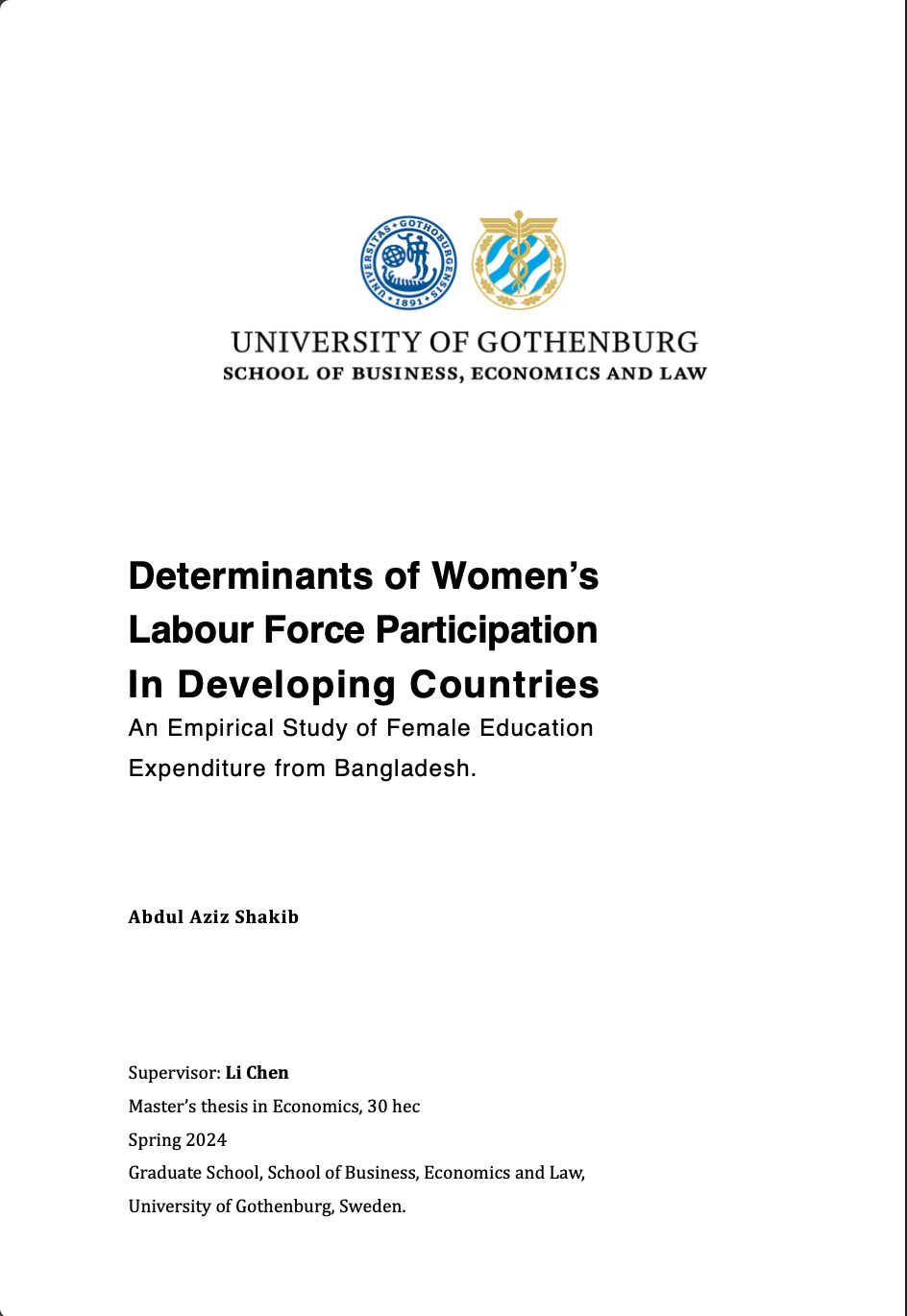
Creating
design
that scale businesses.
Professional services that grow your business and build lasting connections - person to person, business to business.


Professional services that grow your business and build lasting connections - person to person, business to business.

Unlock insights to make informed decisions and drive strategic outcomes.
arrow_downwards
Transform your operations with smart strategies and solutions designed to drive efficiency and growth.
arrow_downwards
Elevate your digital presence with custom solutions that drive engagement and business success.
arrow_downwards
Capture your brand’s essence and tell the story that elevats your identity.
arrow_downwards
Boost your brand with expert guidance to enhance your online presence and career.
arrow_downwards
Craft compelling, tailored proposals that win clients and drive business growth.
arrow_downwards

This paper empirically investigates how government expenditure on female education impacts women’s labor force participation in Bangladesh by exploiting the country’s National Education Policy 2010 as an exogenous source of variation.
By employing a fuzzy regression discontinuity design, the study analyzes the causal relationship between educational attainment and labor market participation in two stages.The first stage reveals that exposure to NEP 2010 increased years of schooling by approximately 0.28 years. However, in the second stage, a surprising negative relationship between additional years of schooling and women’s labor force participation emerges.
These findings highlight the complexity of the relationship between education policies and labor market outcomes for women.The findings of the paper implies that the policy makers should prioritize overcoming socio-economic obstacles in order to maximize the effects of educational reforms on female labour force participation.
By exploiting the primary school reform in Bangladesh, this paper contributes to the existing literature on education and female labour force participation.

This paper investigates the motivations behind the willingness of Sylheti students in Bangladesh to migrate abroad, using primary data collected through structured surveys conducted among students from both public and private universities.
The analysis reveals that 44.9% of respondents expressed a desire to migrate, with no significant gender or religious bias. Students from private institutions and those with higher academic qualifications were more inclined to migrate, as were those with family members already living abroad or willing to act as sponsors.
Key motivations for migration include the pursuit of a higher standard of living, better educational and job opportunities, and improved income. Conversely, reasons for staying included a desire to remain with family or only travel abroad temporarily. The United States, UK, and Canada emerged as the most preferred destinations.
By shedding light on the socioeconomic and academic factors influencing student migration in Sylhet, this study adds new insights to the literature on international student migration from Bangladesh.
Poetry has always been a way for me to put thoughts into words - moments, feelings, and ideas that don’t always fit into business talk.